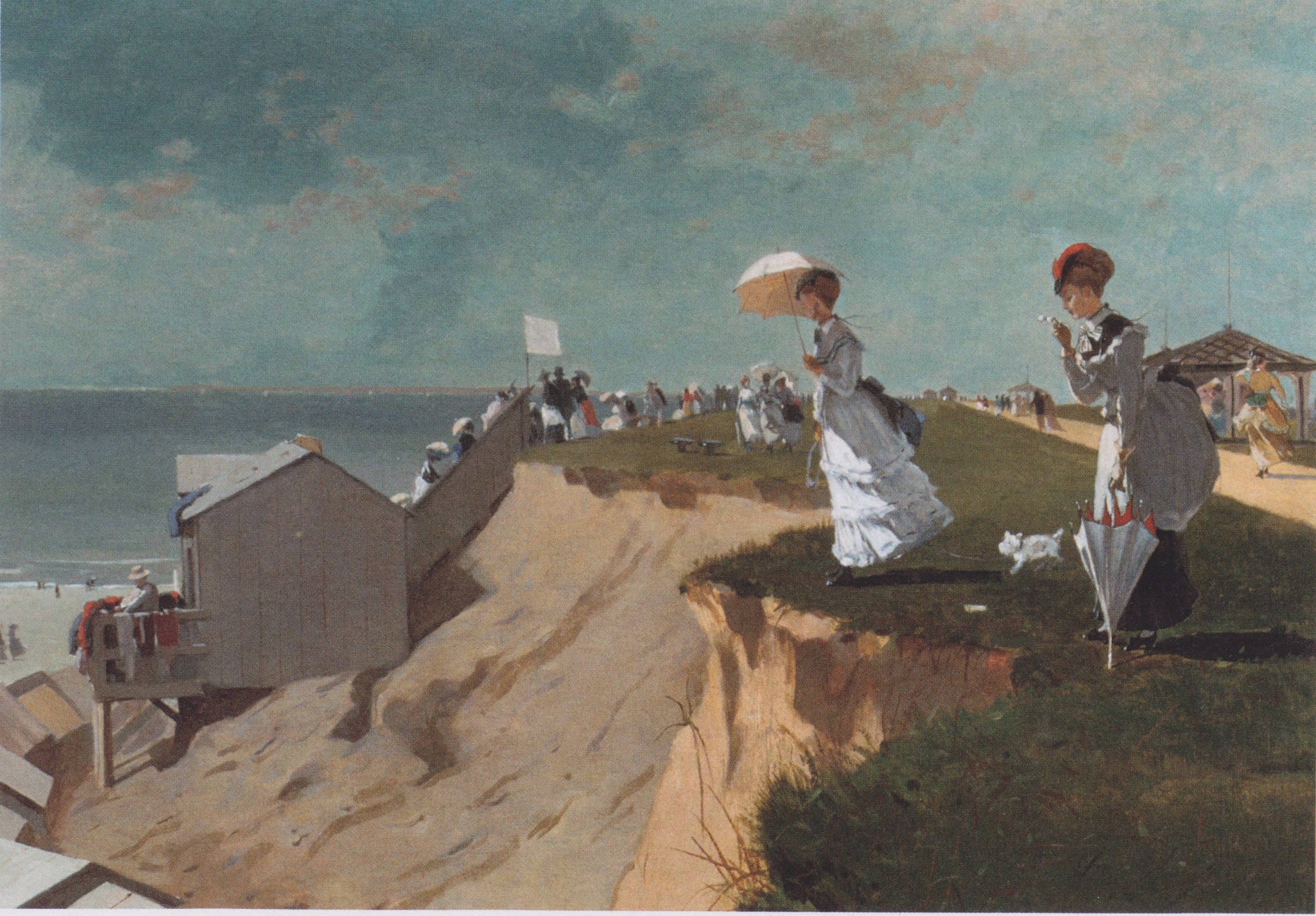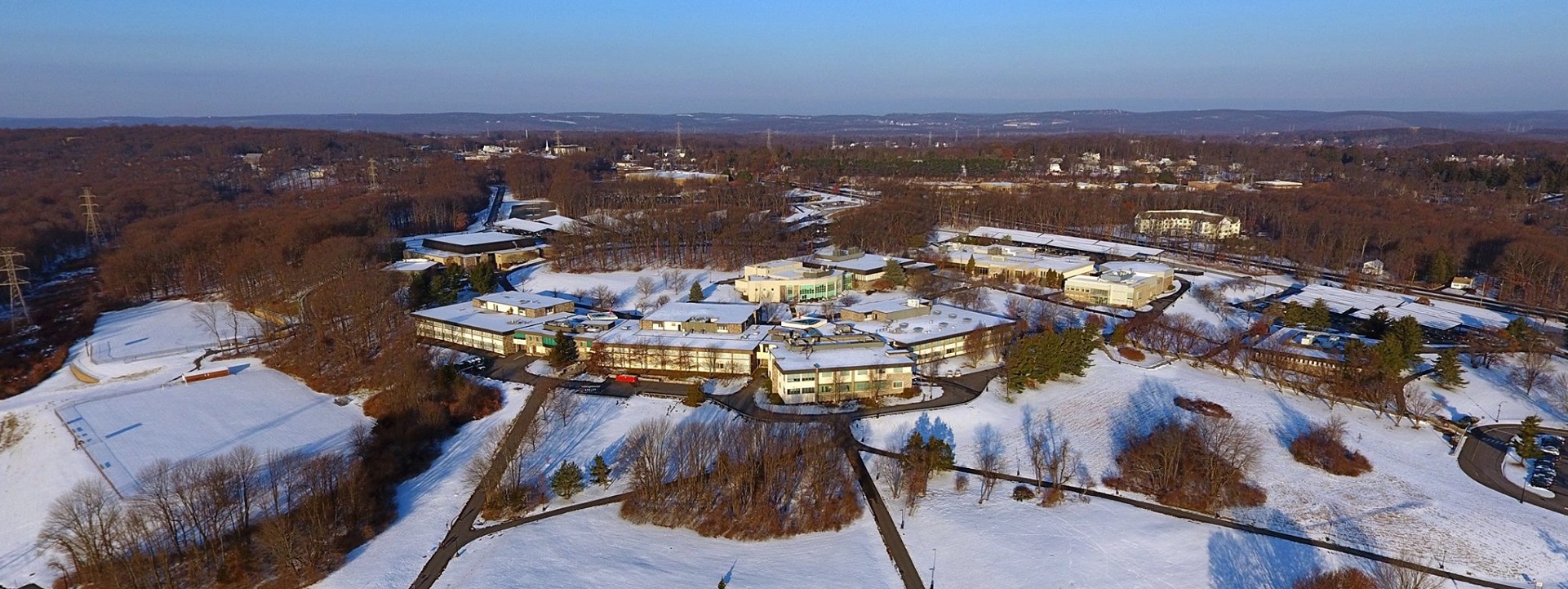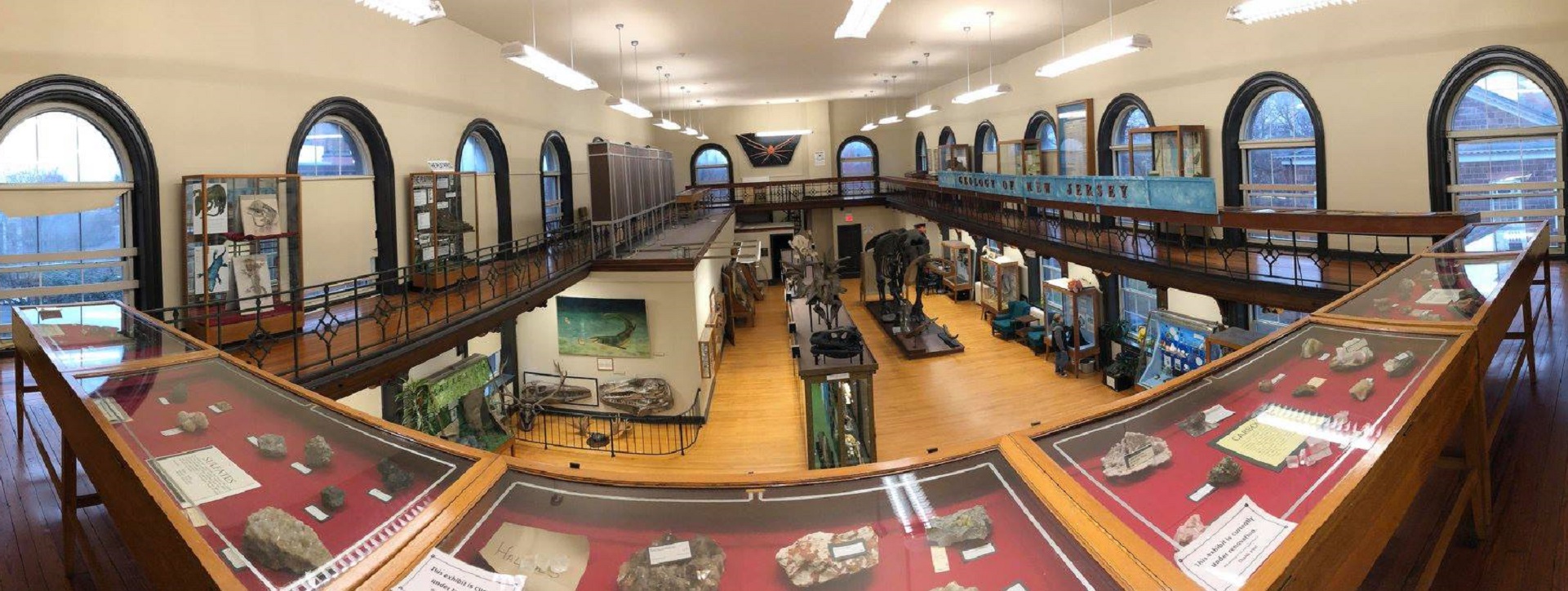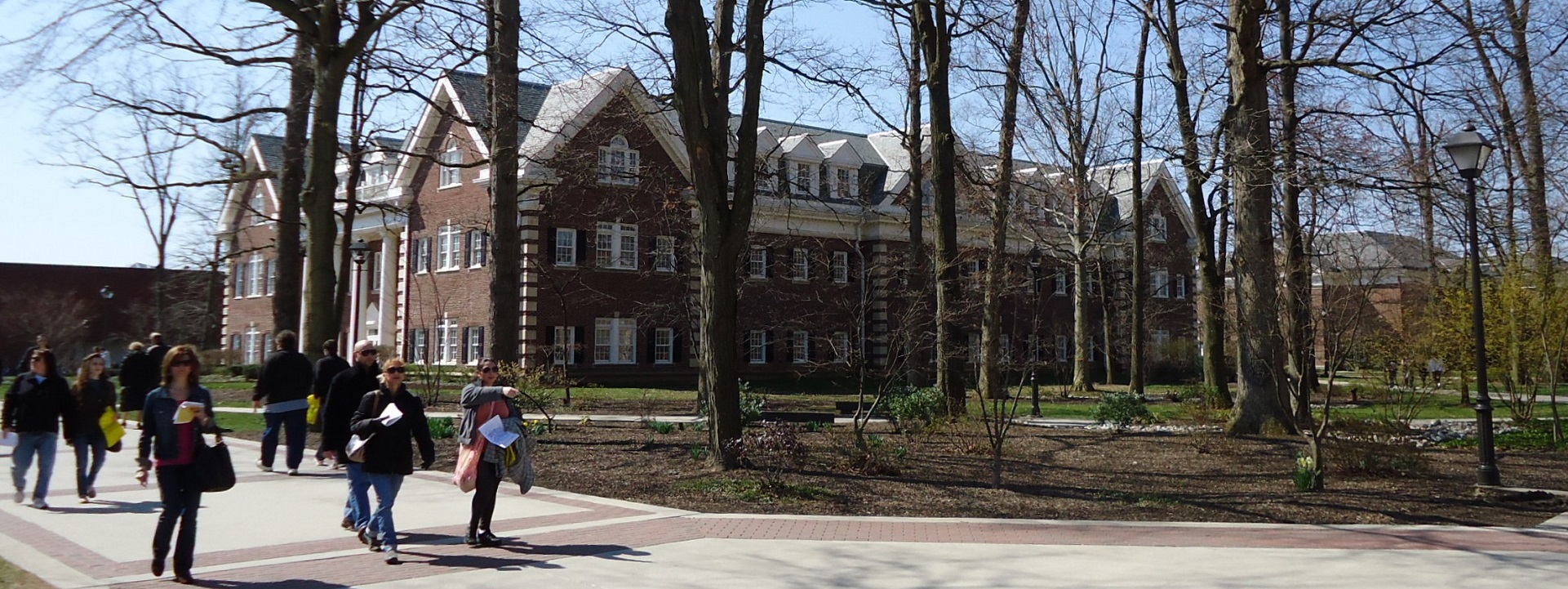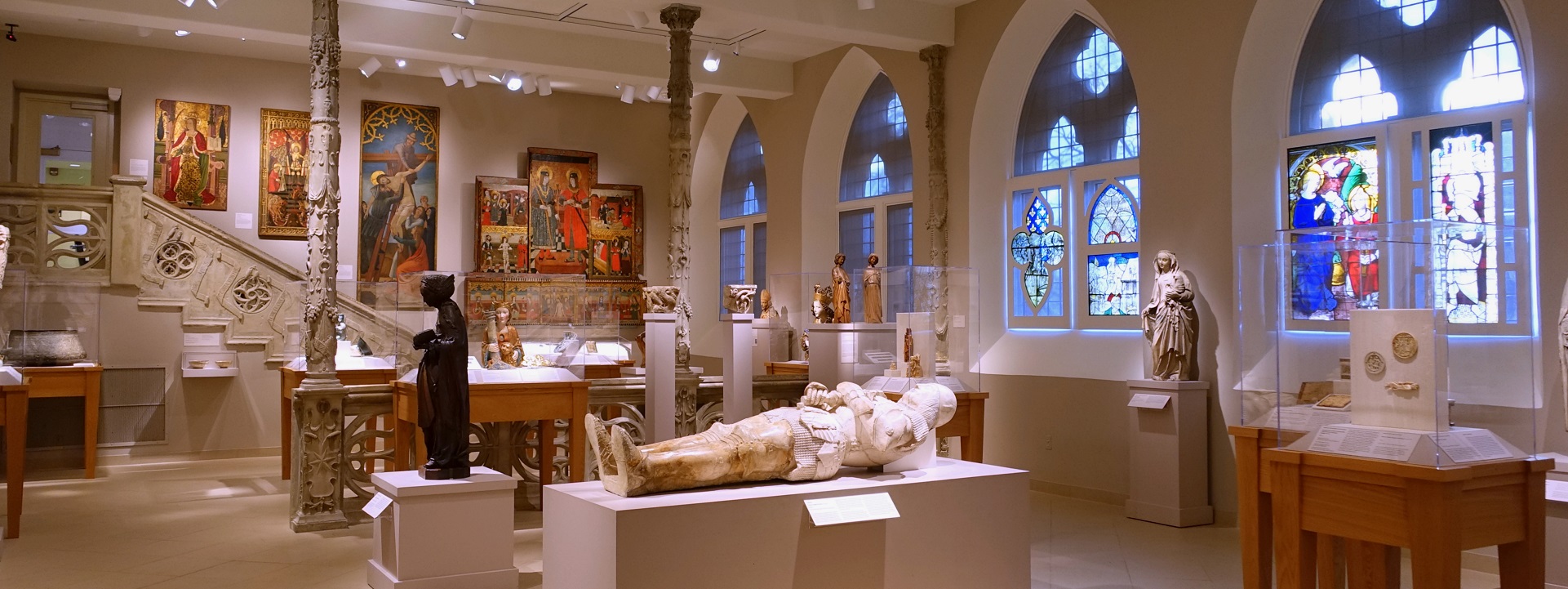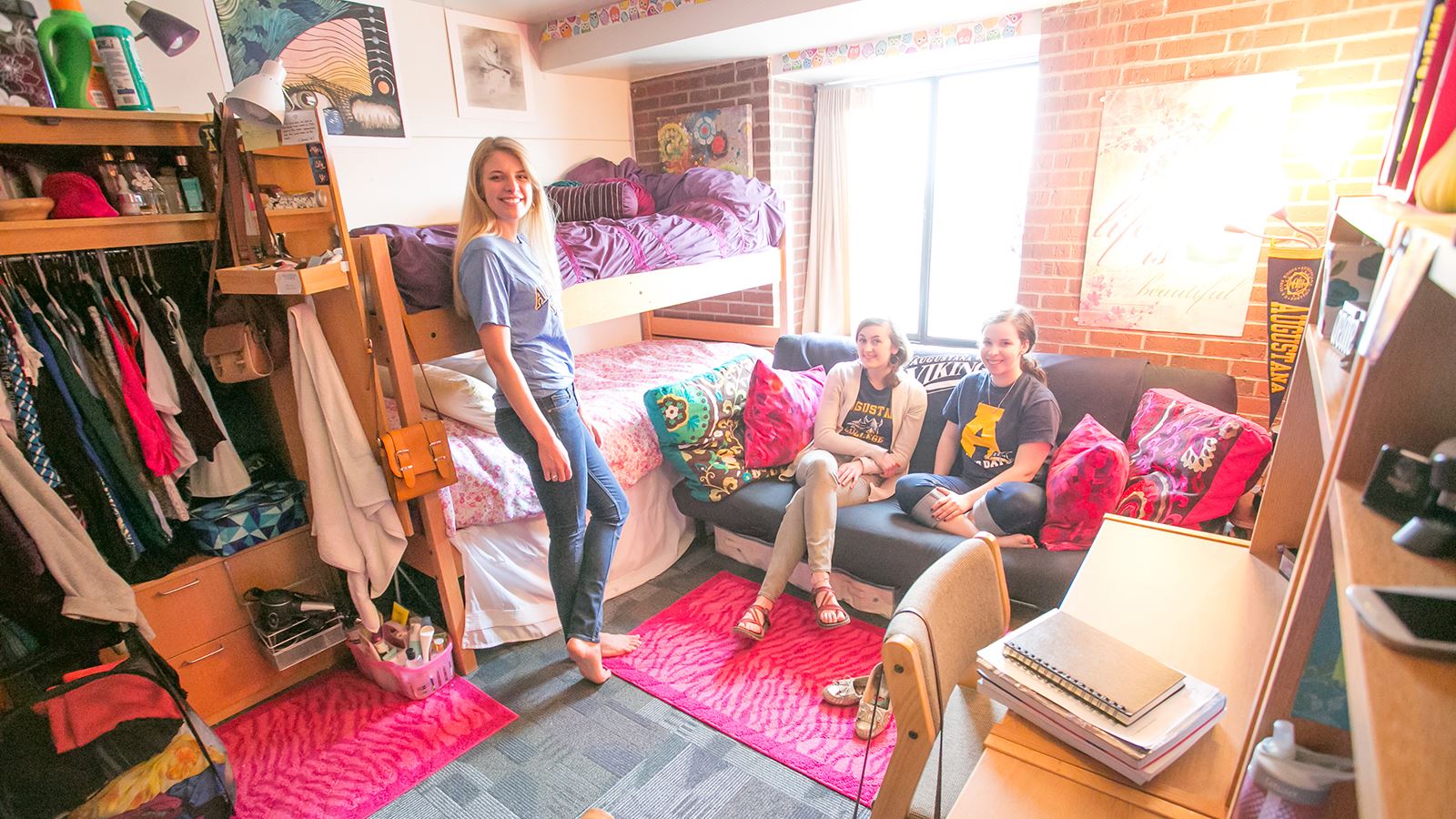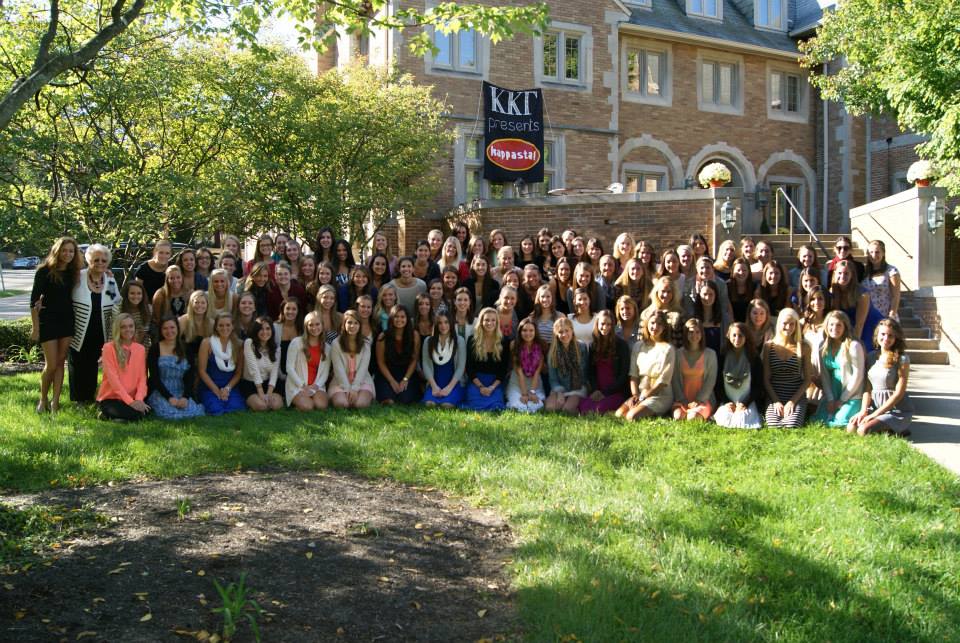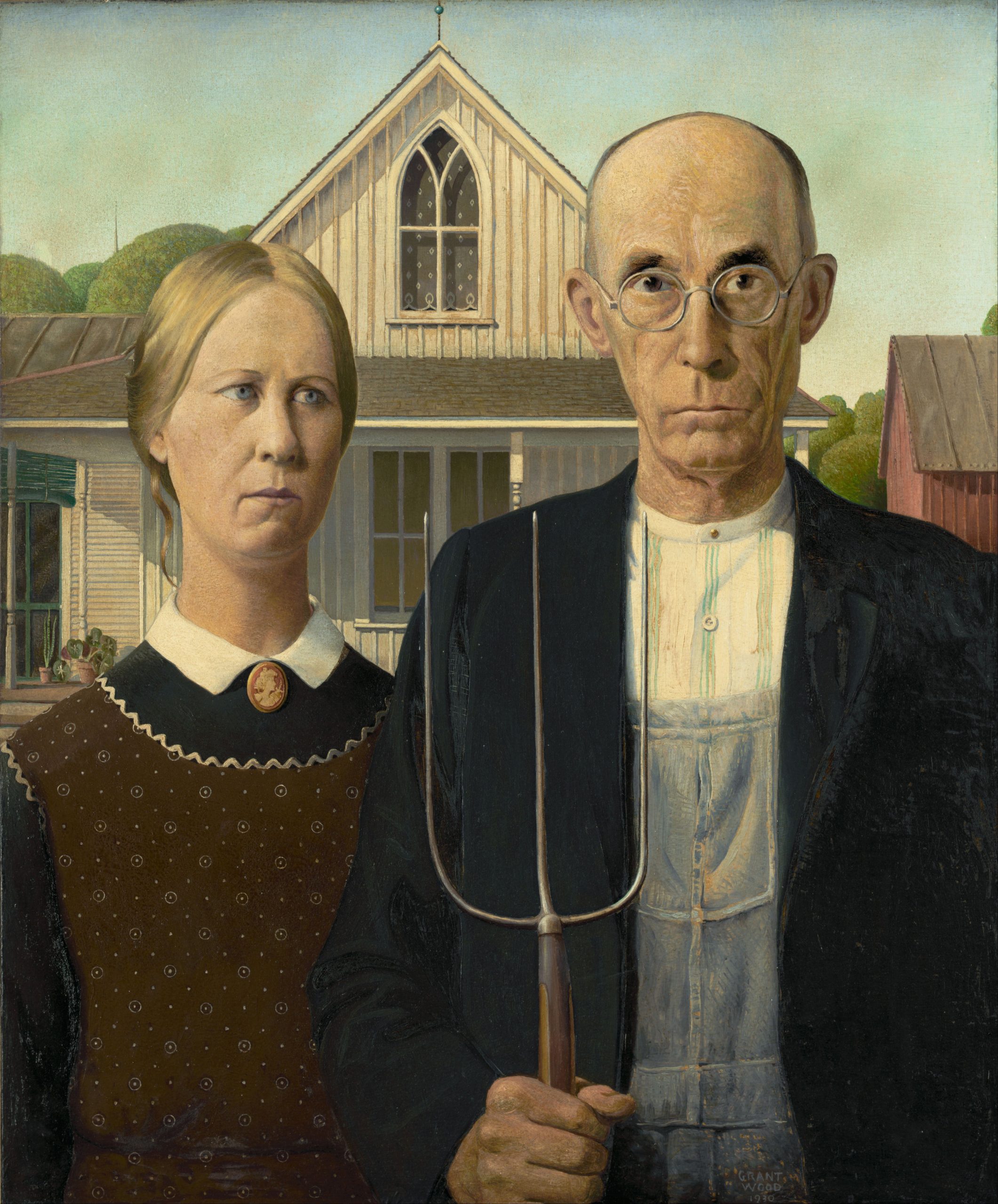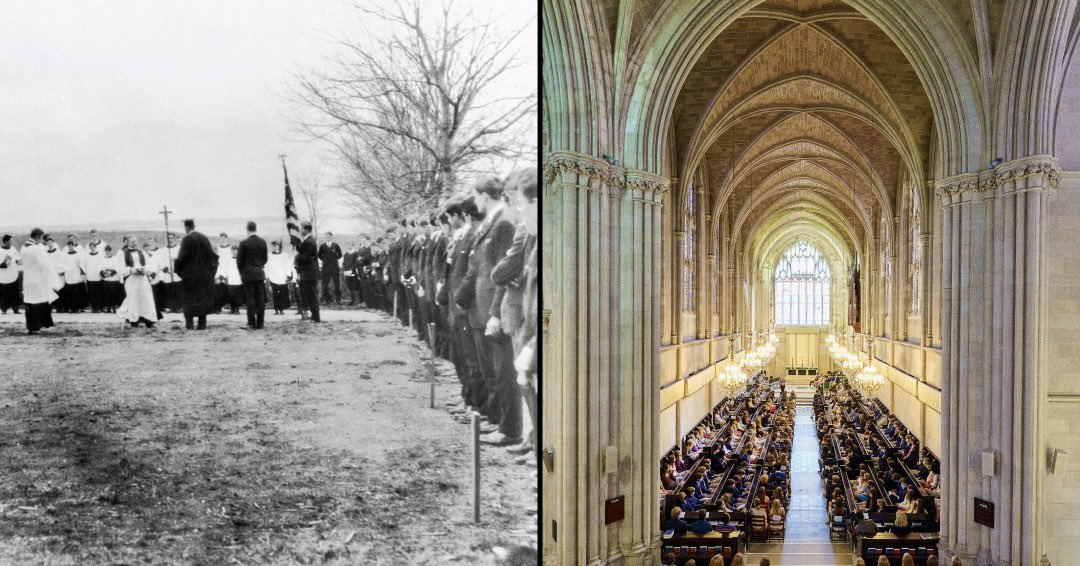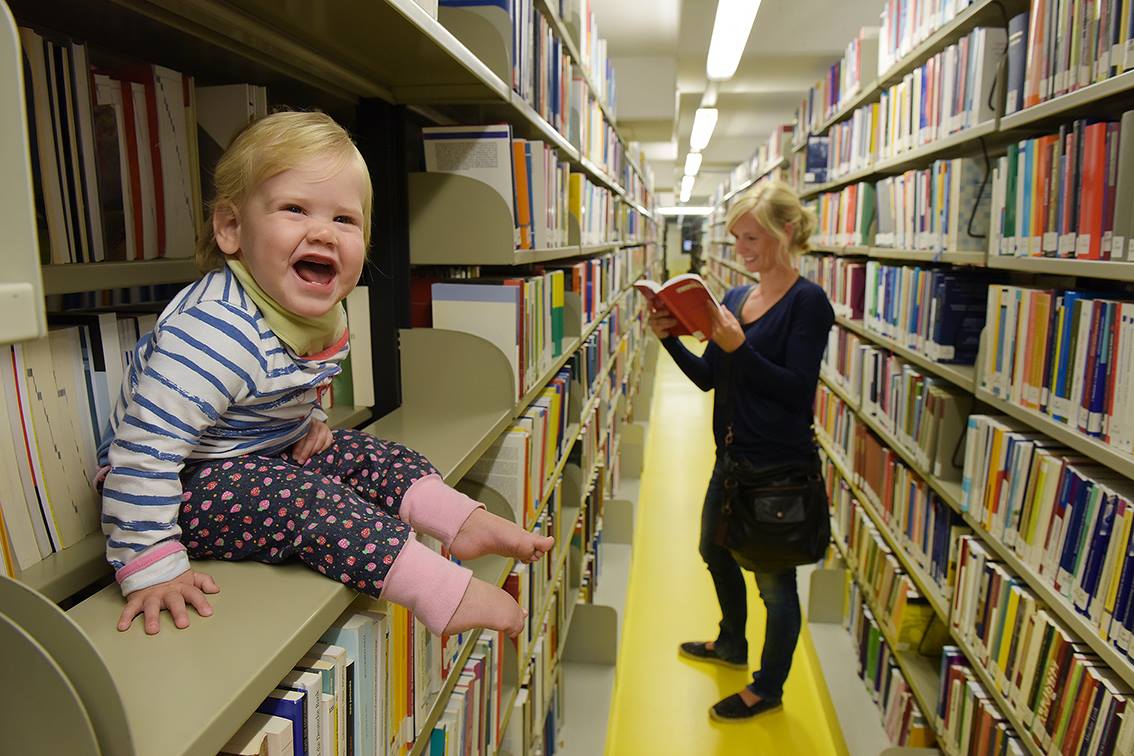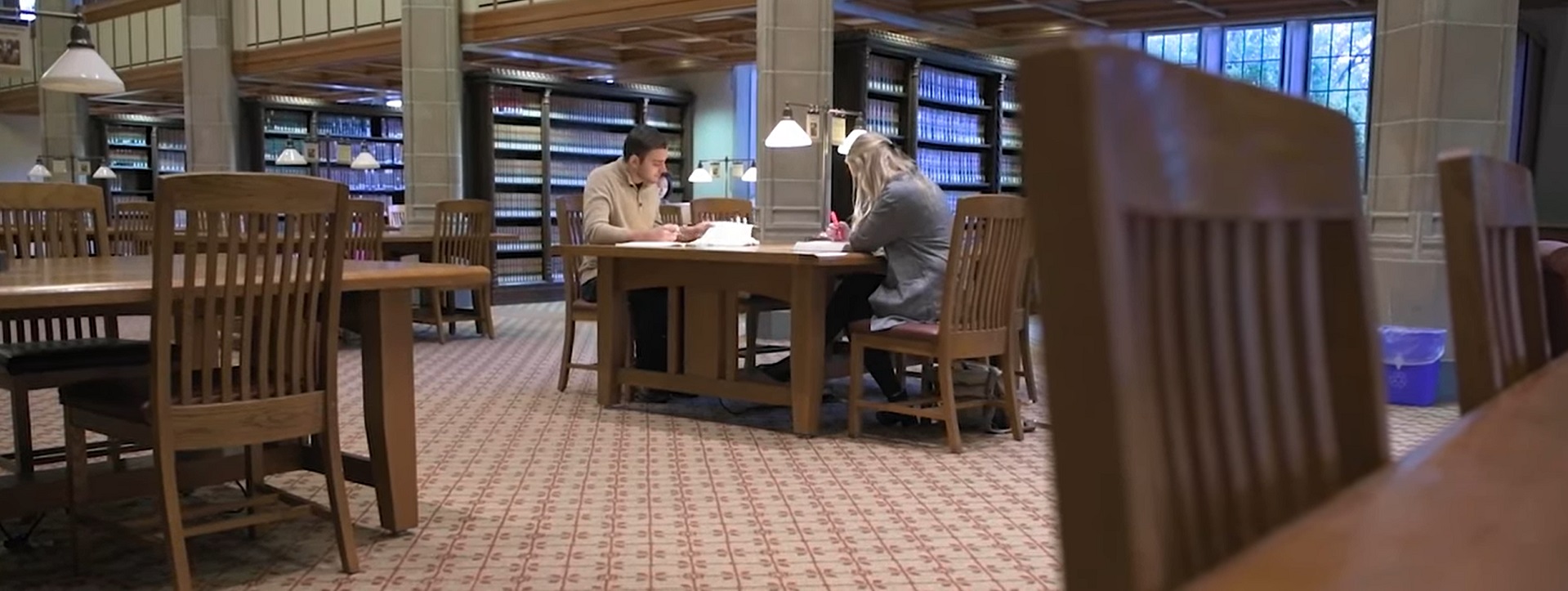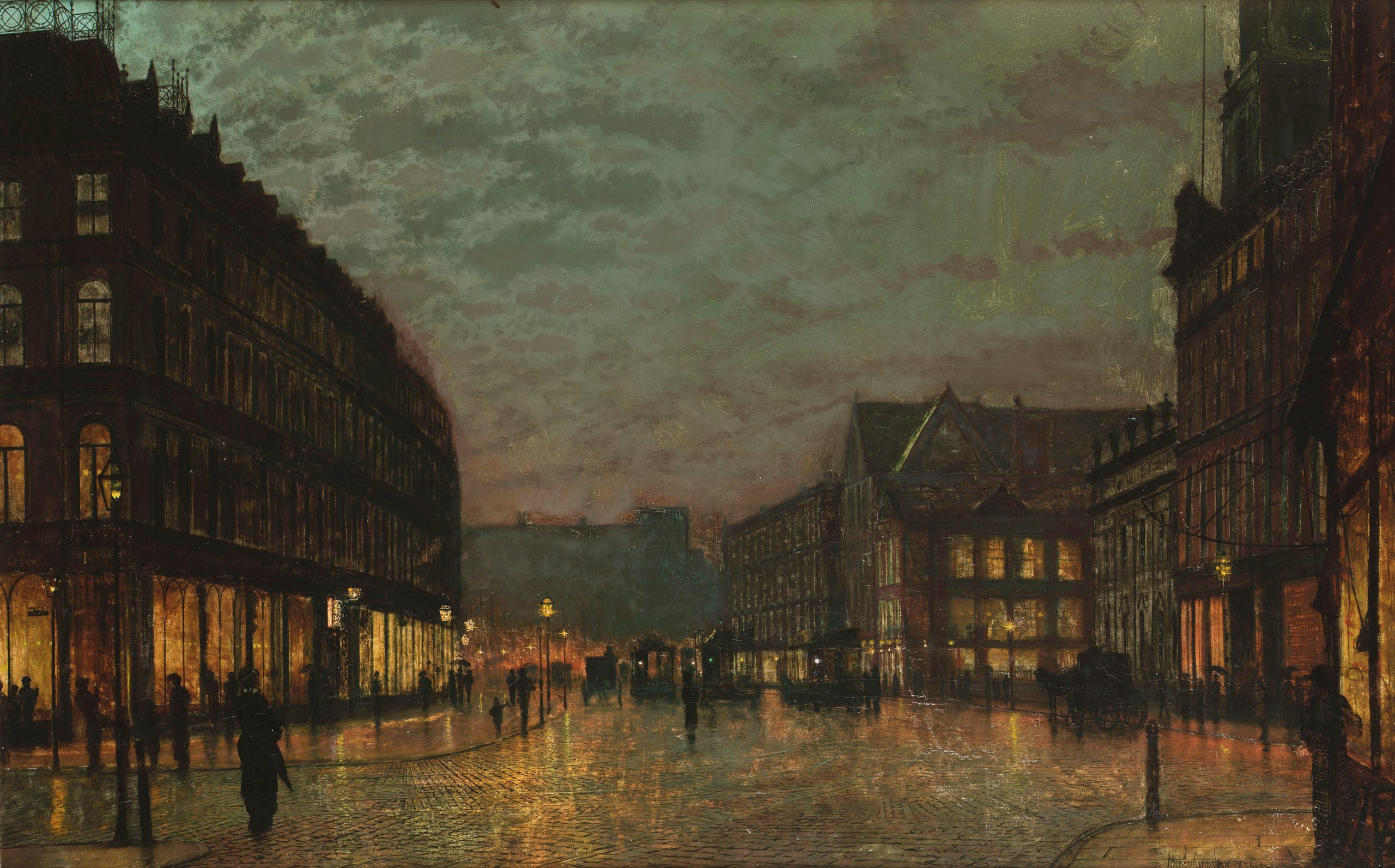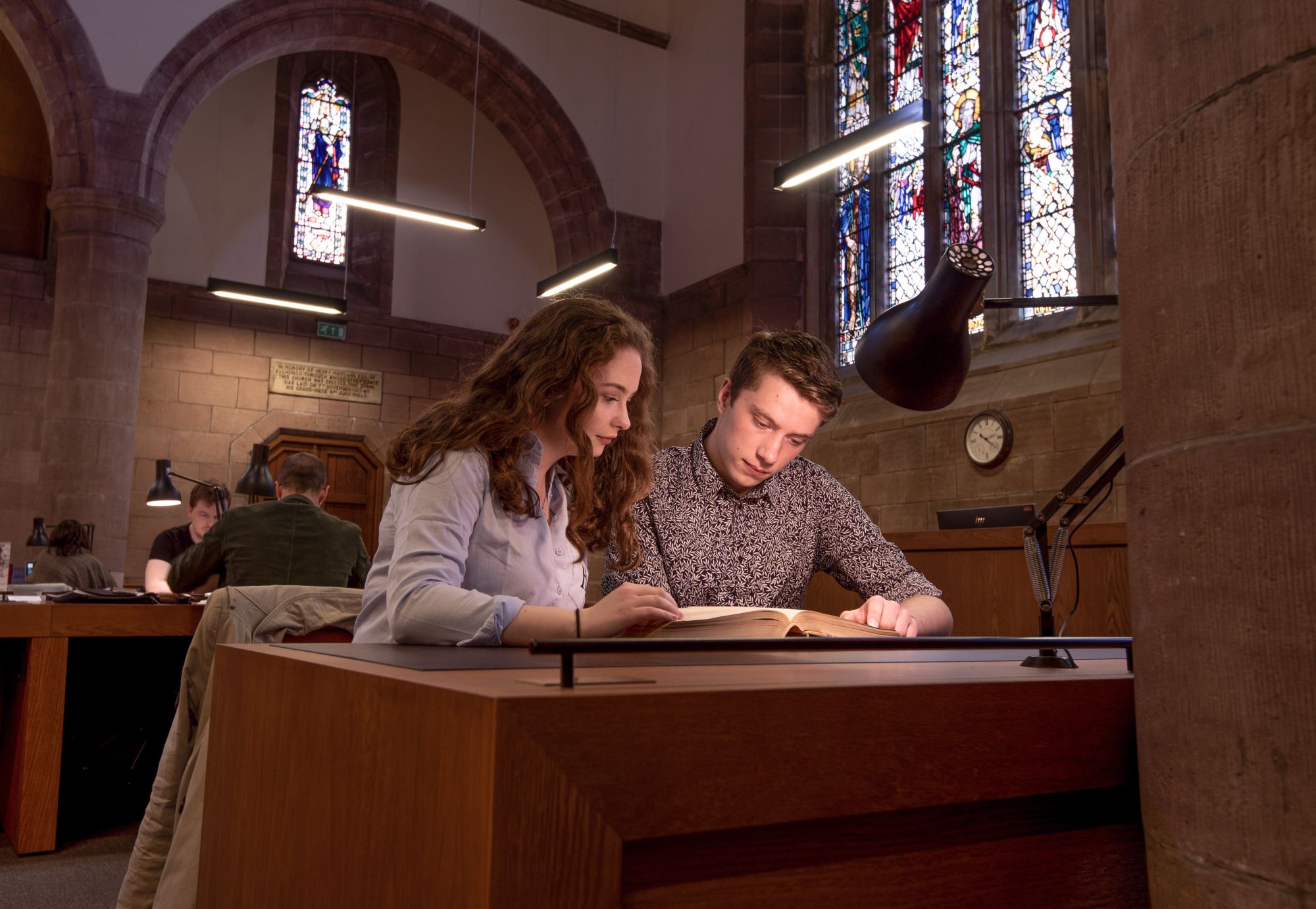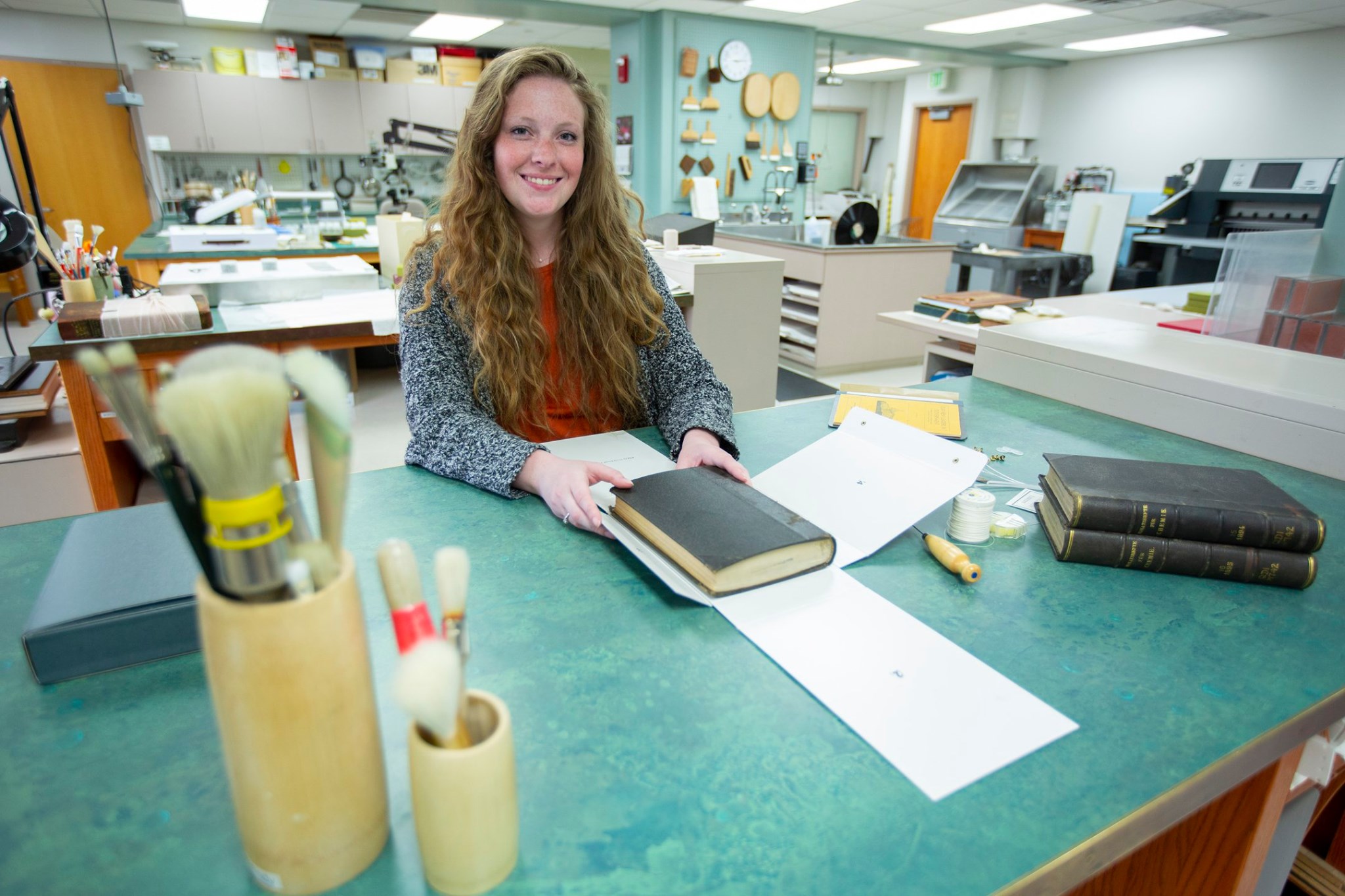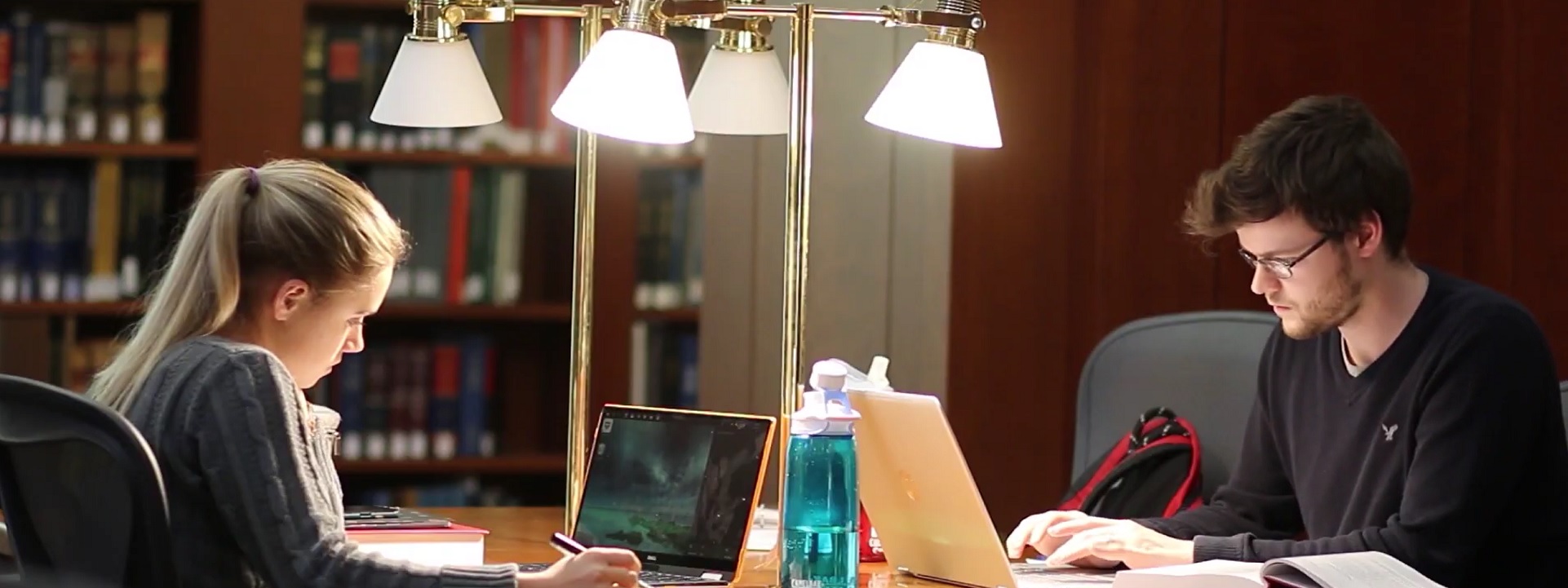As we explain in our ABOUT, we are continuing the development of the cadre of “code writers and vote-getters” begun at the University of Michigan in 1993. We are now drilling down into state and local adaptations of nationally developed codes and standards that are incorporated by reference into public safety and sustainability legislation.
This post is a “test pancake” for generating discussion, and for developing a way forward for crafting state exceptions to nationally developed codes and standards. Every state will have to be managed according to its history, culture, governance regime, asset-base and network of expertise.
Standards Michigan will remain the “free” home site but state-specific sites such as Standards New Jersey will be accessible to user-interest code-writers and vote-getters. Please send bella@standardsmichigan.com a request to join one of our mailing lists appropriate to your interest for #SmartCampus standards action in the State of New Jersey.



